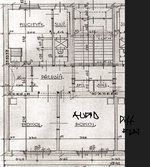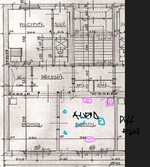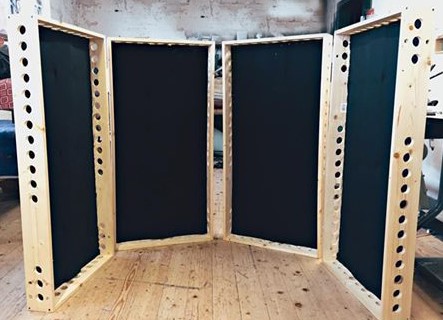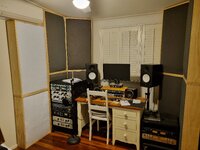Hello,
going to renovate the flat, there is option to design everything including power-wall cables etc.
I am struggling where to start... could you guys recommend some threads.. the main concern is to design room with the best acoustics detail.
Anyone has any experience with software like CARA (http://www.rhintek.com/cara/cara21desc.php);
or REW;
or https://www.sarooma.de/en/apps/windows.html ?
I also found kind of service ie they can design something

https://vicoustic.com/project-request
but have no clue how good it might be.
happy for Any ideas where to start, dig etc ...
The room will include hifi listening, and other hw for 7.1 for movies etc.
hifi hw ~ rpp 10k euro (old components)
b&w 805
musical fidelity nu vista m3
auralic (streamer) + lin adaptor
DAC - Burson Conductor http://www.6moons.com/audioreviews/burson10/1.html
7.1 hw ~ rpp 3k euro
marantz avr 6012
6x b&w m1 (1. serie)
1x center b&w htm7
sub BK XXLS 400 Subwoofer (http://www.bkelec.com/HiFi/Sub_Woofers/XXLS400FF.htm)
Thanks!
going to renovate the flat, there is option to design everything including power-wall cables etc.
I am struggling where to start... could you guys recommend some threads.. the main concern is to design room with the best acoustics detail.
Anyone has any experience with software like CARA (http://www.rhintek.com/cara/cara21desc.php);
or REW;
or https://www.sarooma.de/en/apps/windows.html ?
I also found kind of service ie they can design something

https://vicoustic.com/project-request
but have no clue how good it might be.
happy for Any ideas where to start, dig etc ...
The room will include hifi listening, and other hw for 7.1 for movies etc.
hifi hw ~ rpp 10k euro (old components)
b&w 805
musical fidelity nu vista m3
auralic (streamer) + lin adaptor
DAC - Burson Conductor http://www.6moons.com/audioreviews/burson10/1.html
7.1 hw ~ rpp 3k euro
marantz avr 6012
6x b&w m1 (1. serie)
1x center b&w htm7
sub BK XXLS 400 Subwoofer (http://www.bkelec.com/HiFi/Sub_Woofers/XXLS400FF.htm)
Thanks!
Attachments
Last edited:







